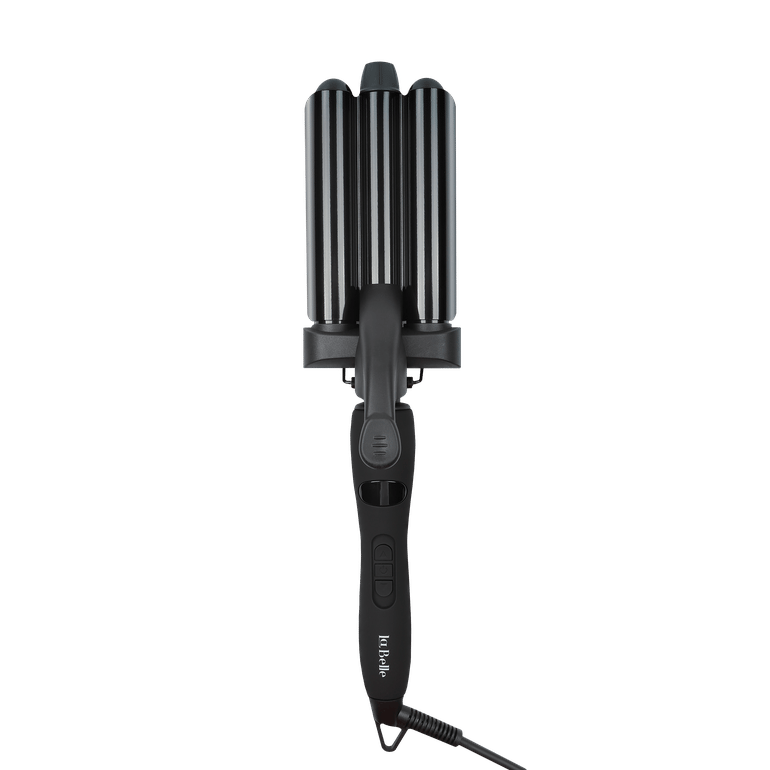The Tlingit Style Canoe: A Rich Tradition
When it comes to traditional Native American craftsmanship, few things are as revered as the Tlingit style canoe. This iconic vessel has been an integral part of the Tlingit people's culture and history for centuries. The Tlingit style canoe is not only a mode of transportation, but also a symbol of community, heritage, and the deep connection between the Tlingit people and their environment.
For those who are unfamiliar with the Tlingit style canoe, it may seem like just another type of boat. However, this canoe holds immense cultural and historical significance for the Tlingit people. It embodies their traditional craftsmanship, their relationship with the natural world, and their sense of community.
The Tlingit style canoe is primarily used for transportation and hunting. Its design allows it to navigate the intricate waterways of the Tlingit territory, including rivers, lakes, and even the open ocean. The canoe is built to be strong and durable, capable of withstanding the harsh conditions of the Alaskan wilderness. It is typically made from red cedar, which is known for its strength and resistance to rot.
One of the most distinctive features of the Tlingit style canoe is its intricate carvings and decorations. These designs are not just for aesthetic purposes, but also serve as a way to tell stories and convey important cultural and spiritual meanings. Each canoe is a unique work of art, reflecting the individuality and creativity of its creator.
The Art of Building a Tlingit Style Canoe
Building a Tlingit style canoe is a labor-intensive process that requires a deep understanding of the materials and techniques used. The first step is selecting the right tree for the canoe, usually a large red cedar. The tree is carefully felled and the trunk is split into two halves. The halves are then hollowed out using traditional tools, such as adzes and chisels.
Once the hull of the canoe is complete, the next step is to carve and decorate the exterior. This is where the true artistry and craftsmanship of the Tlingit people shine through. Intricate designs and motifs are carefully carved into the wood, telling stories and representing important cultural symbols. These carvings are often painted in vibrant colors, further enhancing their visual impact.
Finally, the canoe is finished with a protective coating, usually made from a mixture of oils and resins. This coating helps to seal the wood and protect it from the elements, ensuring that the canoe will last for generations to come.
While the Tlingit style canoe may be beautiful to look at, it is not just a piece of artwork. It is a functional vessel that has been used by the Tlingit people for centuries. Today, the tradition of building and using Tlingit style canoes is kept alive by a new generation of craftsmen and women, who are passionate about preserving their cultural heritage.
Preserving a Cultural Legacy
The Tlingit style canoe is more than just a boat. It is a living testament to the rich history and traditions of the Tlingit people. By continuing to build and use these canoes, the Tlingit community is able to maintain a strong connection to their past and pass on their cultural knowledge to future generations.
As the Tlingit people navigate the challenges of the modern world, the Tlingit style canoe remains a symbol of strength, resilience, and cultural identity. It serves as a reminder of the importance of preserving and honoring indigenous traditions, and the deep connection between people and their environment.

No comments:
Post a Comment